
AlanT
-
Content Count
4,253 -
Joined
-
Last visited
Content Type
Profiles
Forums
Calendar
Posts posted by AlanT
-
-
Better to use one with mounting lugs. Thinking about it a 3W one would do OK. Forget what I used. But you can tell the size from my photo.
-
Bargain really!
This is only a 75446 as fitted to Triumph Herald. Mind you comes with a worn out rack.
-
Any model that does not have permanent magnets for the field will work. Even the weedy little CRT model from a TR2.
It's just a bit more difficult if you want it to look original. The factory abandoned the push-on terminals and went over to a flying 3-wire cable for two-speed models. This used a different type of end-cap, actually from the Jaguar motors that have 6-wires.
But you can stay with push-on terminals and just bring out one extra wire. If you were to convert a TR4 this would be a good way because you would not alter the wiring loom. Just take an extra wire to the correct type of switch.
The two problems are finding resistance wire and making soldered joints to it. That's why I started by using 10 Ohm resistors.
Wire-wound resistors like that can be bought easily, many sources on eBay and other big suppliers of electronic parts also.
To value a 6WA just look at past sales on eBay, I sold a couple last year.
-
I make two-speed replicas all the time. I often have one listed on eBay. I've made quite a few using the NOS B90 service spares.
You want a resistance of 10 Ohms in series with the field coil. You can do this with a fixed resistor that can handle 5W. Or like Lucas you can overwind with resistance wire.
A fixed resistor will cost less than a pound. A coil of resistance wire more like £20.
I swap the end-caps as you suggest. But there is no need to do this. It's just appearance. You can just make a small hole on the end cap and bring out one extra wire. I did the same thing in CRT motors for TR2's. Worked fine.
A Lotus Elan motor used an external rheostat to get continuously variable speed. But a fixed external resistor would be more reliable.
Don't exceed 10 Ohm. As you weaken the field it reduces the torque and you may have difficulty starting up.
6WA motors are getting very scarce and Maserati and Ferrari owners are paying a lot for them, I should think twice before breaking one.
Oh I forgot to say that the cut-out for the wires on a 6WA maybe in the "wrong" place and there may be a thermal cut-out, neither of which matters very much. You will need good soldering skills though because there is not much room in there for the wires.
You will of course need to find the correct switch.
-
Of all the different paint finishes I work with the black-wrinkle is the most chip resistant.
I'm often removing paint from wiper-motor bodies that are 40-60 years old. There is always rust under the hammer-finish paint that replaced the black-wrinkle sometime in the 70's.
When I bolt the pole-pieces into place the black-wrinkle stays in place around the bolt-heads. At one time I only used black-wrinkle because of this. Eventually I found a technique to permit bolting up on hammer-finish. But even now sometimes this will explode away when I do this.
-
Another good supplier of aerosol paint is Partsorama. Currently out of stock on black-wrinkle.
-
100 degC for 45 min is enough.
The difference is that if I don't cook it and just leave to dry for a few weeks, the surface will be marked if I wrap the part in a plastic bag. If I cook it you could hit it with a hammer and not much will happen.
A warning is that after cooking and before cooling the surface is quite soft. I ruined a batch because they slid into the oven as I was taking them out. Ideally you would let the oven cool before taking them out.
You could do a big item with a heat gun and a cardboard box. Do it outside, some risk of fire if you do this.
-
I've done hundreds of items with VHT black-wrinkle. Actually this name does not uniquely define the product. To be clear the one I uses comes from USAutomotive. Possibly Frost also, but they would charge more.
https://www.ebay.co.uk/itm/3X-VHT-BLACK-WRINKLE-FINISH-SPRAY-PAINT-SP201/281518704303?hash=item418bd286af:g:YnMAAOSwQItUEvS6
Anyway the crucial thing is nothing to do with heat. Heat makes it set properly and slightly reduces "wrinkliness". But not by much.
What is important is the number of coats, the thickness of the coats and the evenness of the coats. I do four coats, not thin and not thick, just enough. Thicker coats will make more wrinkleness.
Two other factors are the time between coats and the temperature of the air. My rule is to spray the next coat when my finger tip just stops sticking to the last one.
I'm spraying four vertical surfaces at once in the outdoors. Don't even think about it in cold or windy weather. But a hot summer day isn't ideal either.
About one time in ten I get it too thick and get a run. Then you have to cook it and rub down flat and two-coats will do it.
There is a fair amount of skill required. Be easy on a horizontal surface.
-
Every aspect of the commercial law and business practice in the UK is weak, useless and unenforceable as far as ordinary people are concerned.
Unless you have run a small business you probably won't know this. After a while you get a 6th sense.
We get by only because the vast majority in the UK are honest. So dishonest people find ii very easy. This is why UK has become the home of fraud.
-
-
2 Ohms GREEN to RED is the resistance of the armature and brushes.
8.7 Ohms GREEN to YELLOW is the resistance of 700 turns of field-winding.
Motor is correct original and would need an external 10 Ohms in series with the field at the YELLOW wire end to get FAST running.
Other side of the resistor goes to the RED wire.
Your switch now has to ground the RED wire in BOTH SLOW and FAST positions. This powers the armature and field.
To run SLOW you would also ground the YELLOW wire. This shorts out the resistor, which increases the field and reduces speed.
I'll sketch this for you if you can't follow.
Does not look as if your switch has enough contacts to do this, but you'll need to check it out. Usually light switches work because it's like doing just side-lights or side-lights with head-lights.
There are many ways you might use as a last resort, to make this work. Like a separate FAST/SLOW switch.
The switch from a TR5 might do.
-
You can use a 10 Ohm 10W wire wound resistor instead of an overwind on the field coil. You can put the resistor inside the motor or anywhere that suits.
I've done two-speed conversions with resistor like in the photo. But an overwind like Lucas used is actually much easier.
But you will need the right kind of switch. What switch do you actually have?
I think I'd look at the field-coil and see if there is an overwind just in case it's been modified.
-
Quite so Roger. The wiper of the rheostat is trying to fall off from day one really. This is why these motors are "rare".
I was going to suggest it earlier, but I'd convert this to the TR4A design.
-
Oh and before you ask, yes you can convert a 75501 to be like a usual two-speed and use a switch, if you don't have a rheostat.
And go the other way if you have a rheostat but no motor.
-
On another related topic. What is the difference between a DR3 ans a DR3A?
Well I've worked on hundred of these and am still not sure. I think Lucas marked these somewhat inconsistently.
The earliest ones, DR3, used a one-piece Aluminium cover and a parking switch with a knurled brass adjuster. Usually these are reverse-parkers on Jaguar/Rover.
Later on the type with a steel cover and parker in the round cap came and these are DR3A.
Except that later Jaguars have the plate marked DR3A even though its aluminium.
-
This motor is different to the usual TR two-speed.
The field coil does not have a resistance overwind.
The field coil does not connect to the grounded side of the armature AT ALL.
These used a unique switch with a built-in rheostat. This completes the connection of the field-coil to ground and gives continuously variable speed. Also found on Zodiacs.
If you ground both the RED and YELLOW wires you will get maximum field and will run SLOW.
I often make replicas of these for Lotus owners and also fix the switches which are usually ROPEY. The problem is that a trivial fault with the switch will leave you with no field excitation and burn out the armature. BE CAREFUL!
You won't get two speeds without the correct switch because there is no way to reduce the field. I suspect you are trying to run with residual magnetism because the rheostat needs fixing.
-
You probably don't have the right wheel-boxes.
I've even got 160 degree wheels but this would usually be far too much for a sports car.
-
Oh and when you weld the pin back you must ensure the slot in the top points correctly!
Otherwise the parking contact may not work.
-
Correct. Both wires to ground should run slow.
Your post reads like it runs slow when parking but fast all the time when on?
I think this may be the switch not the motor. Try it out by making direct connections to ground that don't pass through the switch.
Just spotted that this is a Lotus. Is this the one with a rheostat switch with continuously variable speed?
What is the part-number on the cover-plate, like 75XXX?
-
I drill through the plate into the bottom of the pin. I use a drill ground with a much reduced point so I don't go into the pin very deeply.
The weld is confined to the centre of the pin so not a lot of drilling is needed. But the weld causes the metal to go hard sometimes. The older wheels are worse for this.
For a 120 sweep with the standard wheel-boxes you want the centre of the pin offset from the centre of the plate by 12.4mm.
A nice new 120 on eBay at the moment for £38.
-
POR15 is the only paint I've used that I can paint on a washer and do a nut up against it and the paint will stay on it.
-
The pot-life of opened POR15 is quite long, like months.
But you have to ensure that there is none around the joint of the can and lid. Otherwise you just won't get it off.
I kept mine in a screw-top jar and just loaded the brush by dipping in the middle. No wiping the brush on the edge!
-
I have a spare one of these plates in good order should anybody need one.
-
The hole in the rubbers is much to big. Look at mine.
Photos show the same one as above. One hour in 45% Phosphoric acid. Fairly safe stuff, just usual eye protection, won't burn your fingers off.

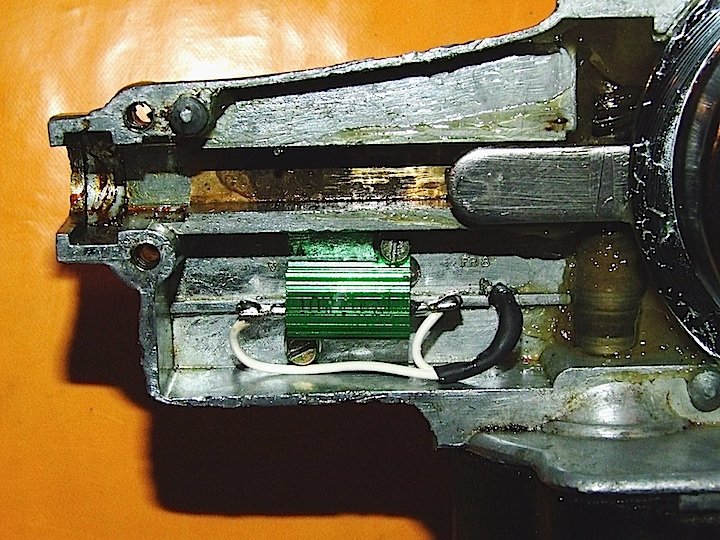
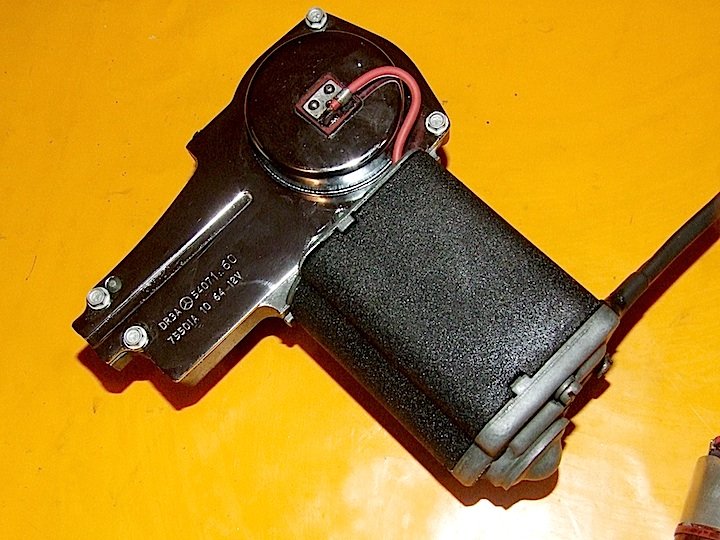
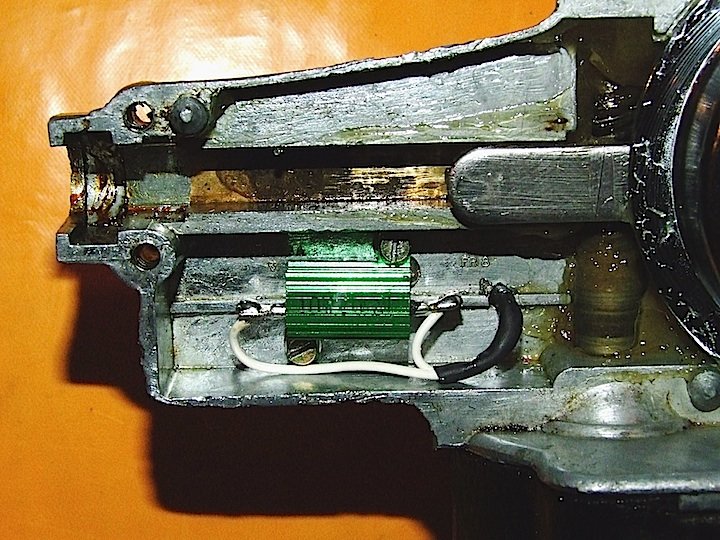
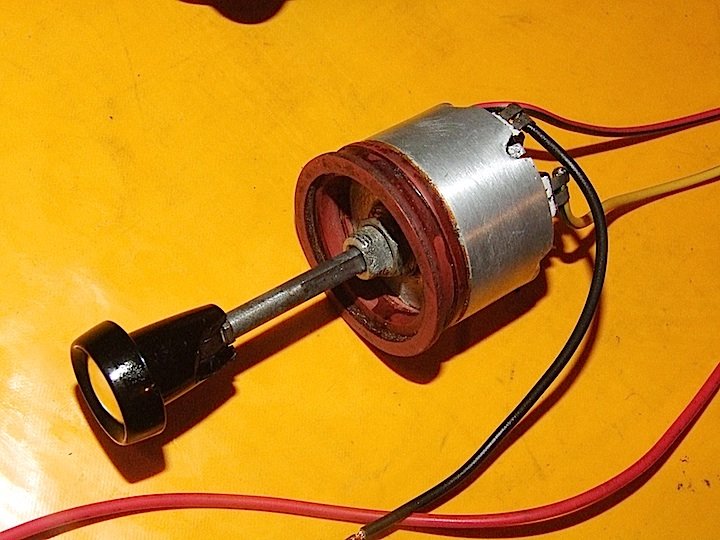
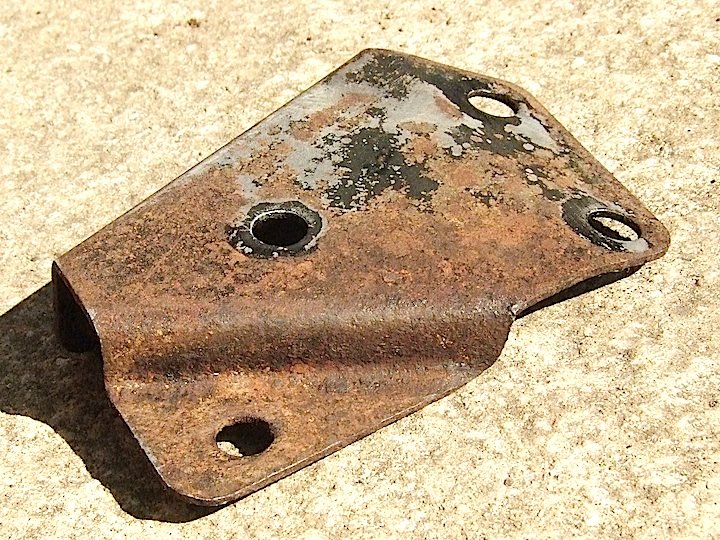
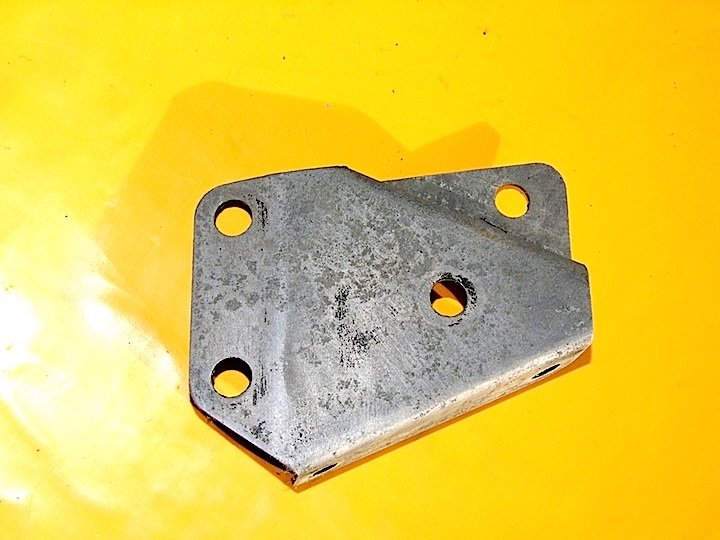
TR4A Wiper switch Terminals.
in TR4/4A Forum
Posted
I got the RED and BROWN wires in the wrong place in that copy of the pdf.
Anyway the photo shows where the wires go.
I've posted this photo several times on here. But somehow it never gets found. Maybe it will now.